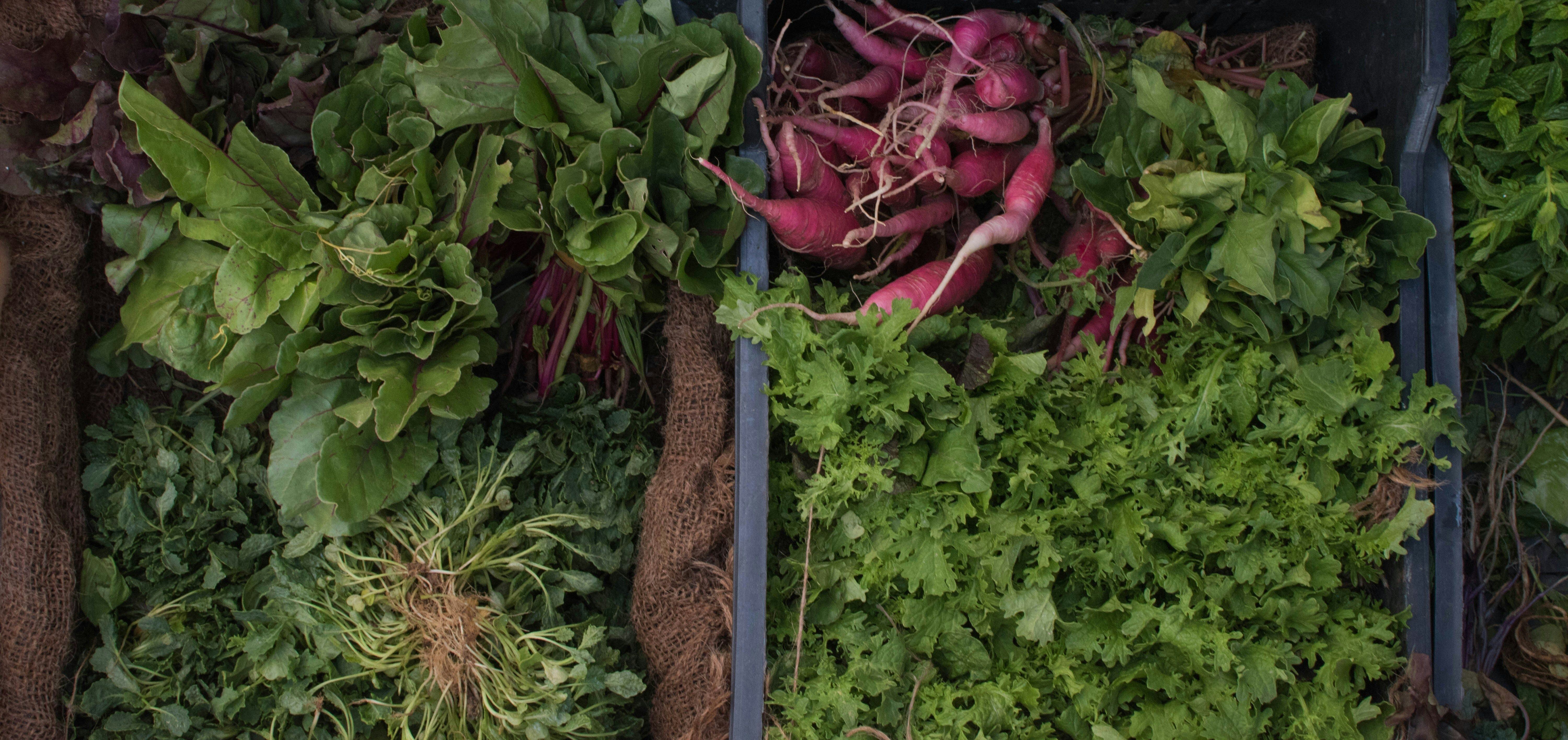LFRC serves 17% of Livingston and 12% of Park County—and we know there are even more families living just on the edge of needing support. Policy changes now threaten to push those families over that edge.
What’s Changing?
The USDA recently canceled $500 million in TEFAP food purchases, funding that previously came through the Commodity Credit Corporation (CCC)—a pandemic-era policy designed to address increased need while supporting domestic agriculture.
That funding made up about 39% of TEFAP food nationwide. While core TEFAP entitlement and Section 32 bonus buys remain, this cancellation will be felt deeply—especially in rural communities.
What it Means for the LFRC
- Last year, LFRC received 100,000 pounds of food from TEFAP, including our primary supply of frozen proteins (beef, fish, chicken).
- TEFAP food makes up 25% of our total incoming food.
- We now expect a 40% reduction in TEFAP food starting June 2025—that’s approx. 40,000 pounds of food we simply won’t have.
- As a rural pantry, we already purchase 62% of the food we distribute. Of that, 55% is fresh milk, eggs, and produce—the most nutritious and most valued by our clients. But now, the remaining food we typically receive through TEFAP—like frozen meats, fruits, nuts, and dairy—is also being cut, leaving even fewer options for the families we serve.
- We cannot afford to purchase meat at scale. When TEFAP is reduced, our clients lose access to one of the only reliable sources of protein we can provide.
- As of April 8th, 2025, the LFRC received 1,600 pounds of locally processed beef from Producers Partnership, a nonprofit tackling food insecurity by turning donated livestock into high-quality protein for food banks. It’s a powerful example of community-driven systems change—and while it doesn’t fill every gap, it helps us keep nourishing our neighbors with dignity.
Wider Impacts: TEFAP Is More Than Just Food
TEFAP doesn’t just feed families—it supports American farmers by turning surplus or subsidized food into meals. Cutting CCC funding undercuts this dual mission, affecting both food banks and agriculture.
National Policy Landscape: What’s Ahead
In addition to immediate cuts, the House Agriculture Appropriations Bill proposes changes that could increase demand on LFRC even more in the months ahead.
WIC (Special Supplemental Nutrition Program for Women, Infants, and Children)
- Proposed funding: $6 billion—$800 million less than needed.
- Would result in a 62% cut to fruit and vegetable benefits for nearly 5 million low-income mothers and children.
- Investing in early childhood nutrition is essential for long-term public health. Cutting this funding undercuts that effort at its core.
SNAP (Supplemental Nutrition Assistance Program)
- The bill proposes pilot programs to restrict what foods participants can buy, undermining the dignity and autonomy of those we serve.
- It also expands work-reporting requirements to adults up to age 55, despite ample research showing these policies don’t lead to long-term employment—but do remove critical assistance from those in need.
- We are already seeing the impacts of these policies in Montana, and we are concerned about their continued rollout.
At Home: Building Resilience
Last year, LFRC partnered with 29 Montana farmers and producers to bring fresh, local food to our shelves and tables. These partnerships don’t just support local farms—they help us build a more resilient and self-reliant food system that can better withstand national disruptions like federal funding cuts, supply chain breakdowns, and natural disasters. We’ve also applied for an EPA Environmental Justice Grant to study rural food access in depth, identify gaps, and design better systems rooted in community health and equity.
The Reality We’re Facing
The secondary tier of impact that LFRC could see over the next 6, 12, 18, even 24 months is tied to broader economic instability. Federal cuts mean we’ll need to purchase more food to meet growing demand—but the resources may not be there to match that need. Executive Director, Kaya Patten-Fusselman, and our Board of Directors continue to monitor our financial health closely, guided by clear thresholds and contingency plans that prioritize long-term sustainability and impact.
At LFRC, we’re not just focused on food—we’re focused on health, dignity, and community. Every decision we make is about ensuring our neighbors have access to the nourishment, care, and stability they deserve.
With the support of our community, we will continue to be here–ready to meet the need, no matter what comes next.

